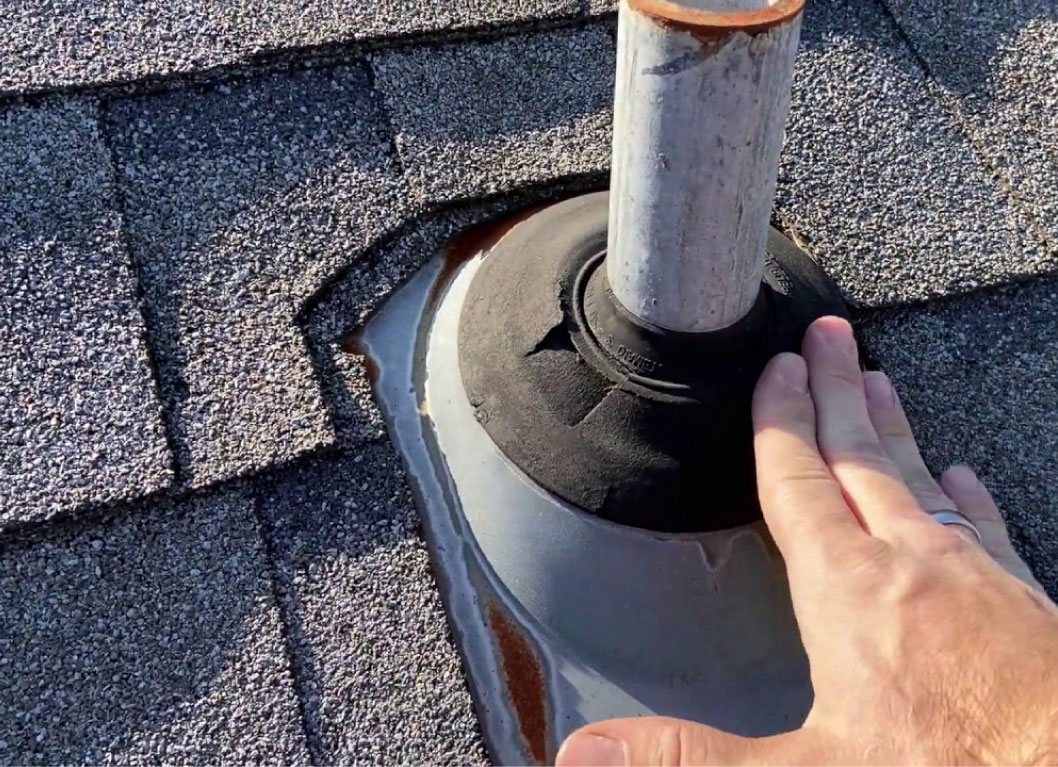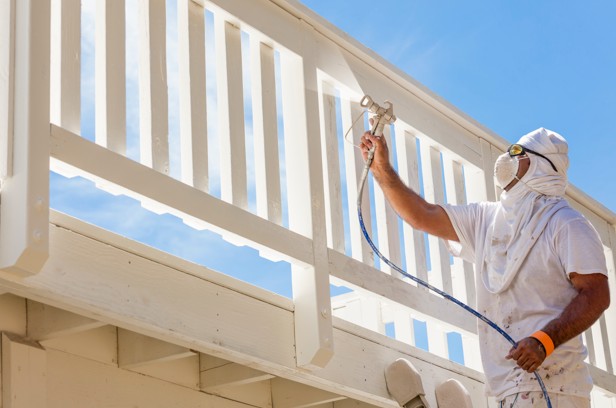Why Prompt Action on Minor Roof Leaks is Essential to Safeguard Your Home
In Hilton Head and Bluffton, your roof plays a vital role in protecting your home from the elements, acting as the first line of defense. However, even a small leak can lead to big problems, resulting in expensive repairs and lasting damage. What may appear to be minor problems, such as issues with flashing around vents, deteriorating pipe boots, or faulty shingles, can allow water to infiltrate your home. Without regular roof inspections and attic checks, these hidden issues can go unnoticed until it’s too late.

The Anatomy of a Roof Leak
Roof leaks can be tricky to identify, especially when they start small. What might begin as a slow drip or a barely noticeable discoloration on your ceiling can quickly develop into a full-blown problem if not addressed. Understanding the common causes of roof leaks can help you stay ahead of potential issues.
1. Flashing Around Vents and Chimneys
Flashing is a thin material, usually made of metal, that roofers use to direct water away from critical areas of the roof, such as where the roof plane meets a vertical surface, like a wall or chimney. Flashing is also used around roof features like vents and skylights. When flashing is improperly installed, damaged, or simply aged, it can create gaps that allow water to penetrate the roof and seep into your home.
Water that gets past the flashing can lead to rot in the roof decking, damage to the attic insulation, and even structural damage if left unchecked. This is why it’s essential to ensure that the flashing on your roof is in good condition and properly installed. Regular inspections can catch these issues before they become significant problems.
2. Pipe Boots
Pipe boots are rubber or plastic covers that surround the pipes protruding from your roof. These boots are designed to create a watertight seal where the pipe meets the roof. Over time, the material in pipe boots can deteriorate due to exposure to the elements, UV radiation, and temperature fluctuations. Cracks or tears in the boot can allow water to seep into the space between the pipe and the roof, leading to leaks.
A compromised pipe boot might not seem like a significant issue at first, but even a small amount of water intrusion can lead to mold growth, insulation damage, and eventually, structural problems if the leak persists. Regularly checking the condition of your pipe boots and replacing them when necessary is a key step in preventing leaks.
3. Faulty or Damaged Shingles
Shingles are the most visible part of your roof and are designed to protect your home from rain, wind, and other environmental factors. However, shingles can become damaged or worn over time due to the severe weather conditions in Hilton Head and Bluffton, improper installation, or simply aging. Cracked, curled, or missing shingles create vulnerabilities where water can penetrate your roof.
When asphalt shingles are damaged, the underlying layers of your roof, including the decking and insulation, are exposed to moisture. This can lead to rot, mold growth, and even structural damage. Regularly inspecting your roof for damaged shingles and promptly repairing or replacing them can prevent minor issues from turning into major problems.
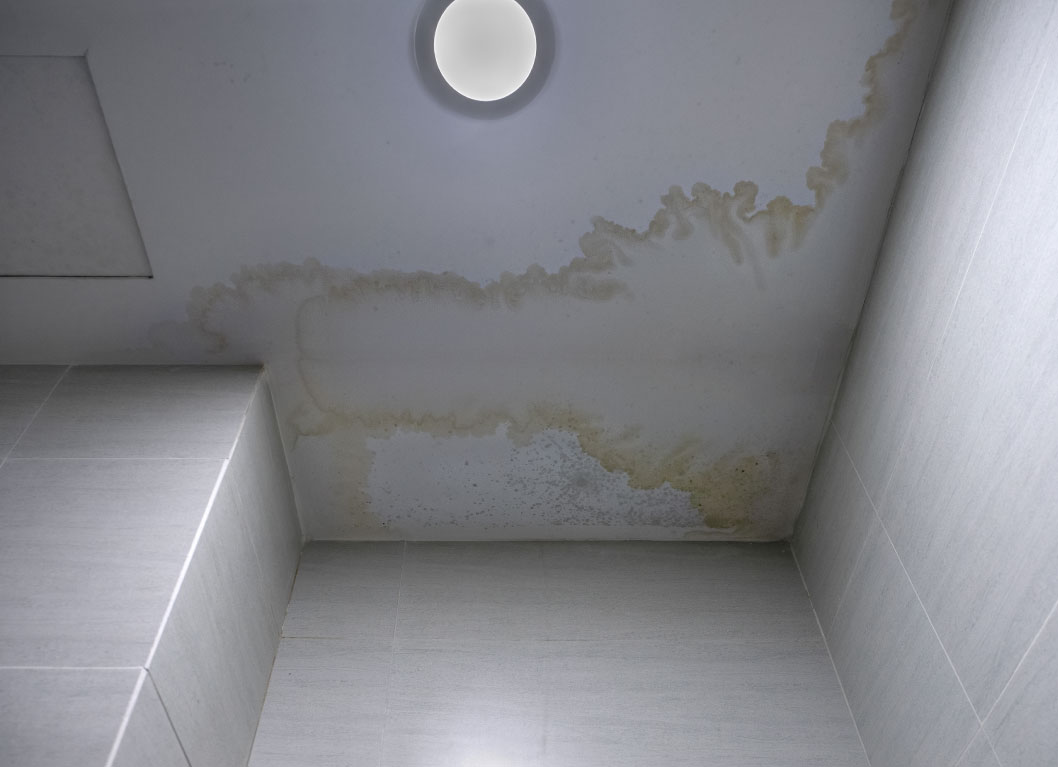
The Warning Signs of Roof Leaks
While some roof leaks are obvious, others can be more subtle and go unnoticed until significant damage has occurred. Knowing the warning signs can help you catch leaks early and minimize the risk of costly repairs.
1. Discoloration on Ceilings and Walls
One of the most common signs of a roof leak is discoloration on your ceilings or walls. Water stains typically appear as yellow or brown spots and may be circular or irregular in shape. These stains are often a result of water seeping through the roof and saturating the ceiling materials.
If you notice discoloration on your ceiling, it’s crucial to address the issue immediately. Even if the stain is small, it indicates that water is entering your home, and the problem is likely to worsen over time. Ignoring these stains can lead to mold growth, damage to the ceiling materials, and eventually, structural issues.
2. Damp or Musty Smell in the Attic
Your attic can provide valuable clues about the condition of your roof. If you notice a damp or musty smell in your attic, it’s a sign that moisture is present, which could be due to a roof leak. Moisture in the attic can lead to mold growth, which not only damages the structure but can also pose health risks to your family.
Regularly checking your attic for signs of moisture and addressing any issues promptly can prevent further damage. If you detect a musty smell, it’s essential to investigate the source of the moisture and take action to repair any leaks.
3. Peeling Paint or Wallpaper
Water intrusion from a roof leak can also cause paint or wallpaper to peel or bubble. This is because moisture weakens the adhesive bonds, causing the materials to separate from the walls. If you notice peeling paint or wallpaper, it could be a sign of a roof leak, especially if it’s occurring near the ceiling or on upper floors.
Peeling paint or wallpaper should not be ignored, as it indicates that water is infiltrating your home. Addressing the issue promptly can prevent further damage to your walls and reduce the risk of mold growth.
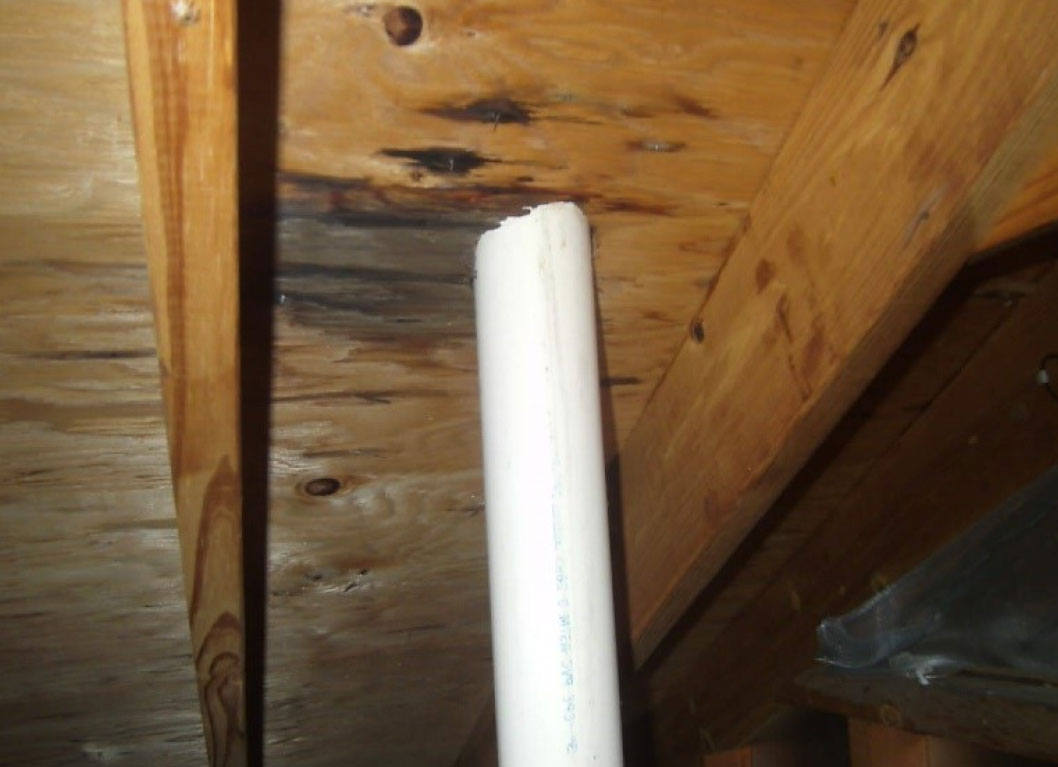
The Importance of Routine Attic Checks
Regularly inspecting your attic is one of the best ways to catch roof leaks early and prevent them from causing significant damage. Your attic is often the first place where signs of a roof leak will appear, making it a critical area to monitor.
1. Look for Water Stains
During your attic inspections, look for water stains on the rafters, insulation, and ceiling joists. Water stains may appear as dark spots or streaks and can indicate that water is seeping through your roof. If you notice any stains, it’s essential to identify the source of the leak and address it promptly.
2. Check for Mold and Mildew
Mold and mildew thrive in damp environments, making your attic a prime location for growth if there’s a roof leak. Look for signs of mold or mildew on the walls, ceiling, and insulation. Mold may appear as black, green, or white spots and can have a fuzzy or slimy texture.
Mold in your attic is a serious issue that requires immediate attention. Not only can mold damage the structure of your home, but it can also pose health risks, especially for individuals with allergies or respiratory conditions. If you find mold in your attic, it’s essential to address the underlying moisture problem and take steps to remove the mold safely.
3. Inspect the Insulation
Your attic’s insulation can also provide clues about the condition of your roof. Wet or damp insulation indicates that water is entering your attic, likely due to a roof leak. Wet insulation is less effective at regulating your home’s temperature and can lead to increased energy costs.
If you find wet insulation during your attic inspection, it’s essential to identify the source of the leak and replace the affected insulation. Leaving wet insulation in place can lead to mold growth and further damage to your home’s structure.
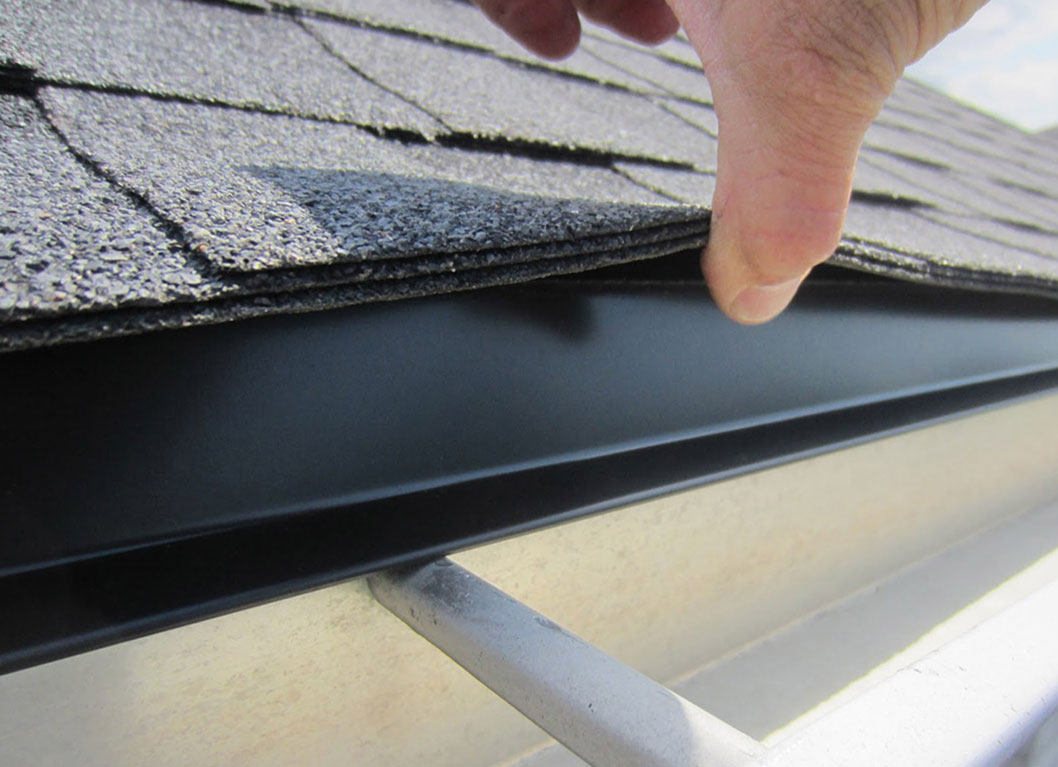
Why You Should Schedule a Free Roof Inspection with Alliance Roofing
While routine attic checks are essential, they are not a substitute for a professional roof inspection. A professional inspection by Alliance Roofing can identify issues that may not be visible from the inside of your home. Our experienced team will thoroughly assess your roof for any signs of damage, including areas that may eventually become trouble spots.
1. Identifying Trouble Areas
Our professional roof inspectors are trained to identify potential trouble areas that homeowners might overlook. This includes checking the condition of your flashing, pipe boots, shingles, and other roofing components. By catching these issues early, we can prevent minor leaks from turning into major problems that require costly repairs.
2. Preventing Future Problems
In addition to identifying current issues, our inspectors can also spot areas that may become problematic in the future. For example, shingles that are nearing the end of their lifespan or flashing that shows signs of wear may not be leaking now, but they could start to fail in the near future. By addressing these areas proactively, you can extend the life of your roof and avoid unexpected repairs.
3. Peace of Mind
Perhaps the most significant benefit of a professional roof inspection is the peace of mind it provides. Knowing that your roof is in good condition and free of leaks allows you to enjoy your home without worrying about potential water damage. If we do find any issues, we’ll provide you with a detailed report and recommend the best course of action to keep your roof in top shape.
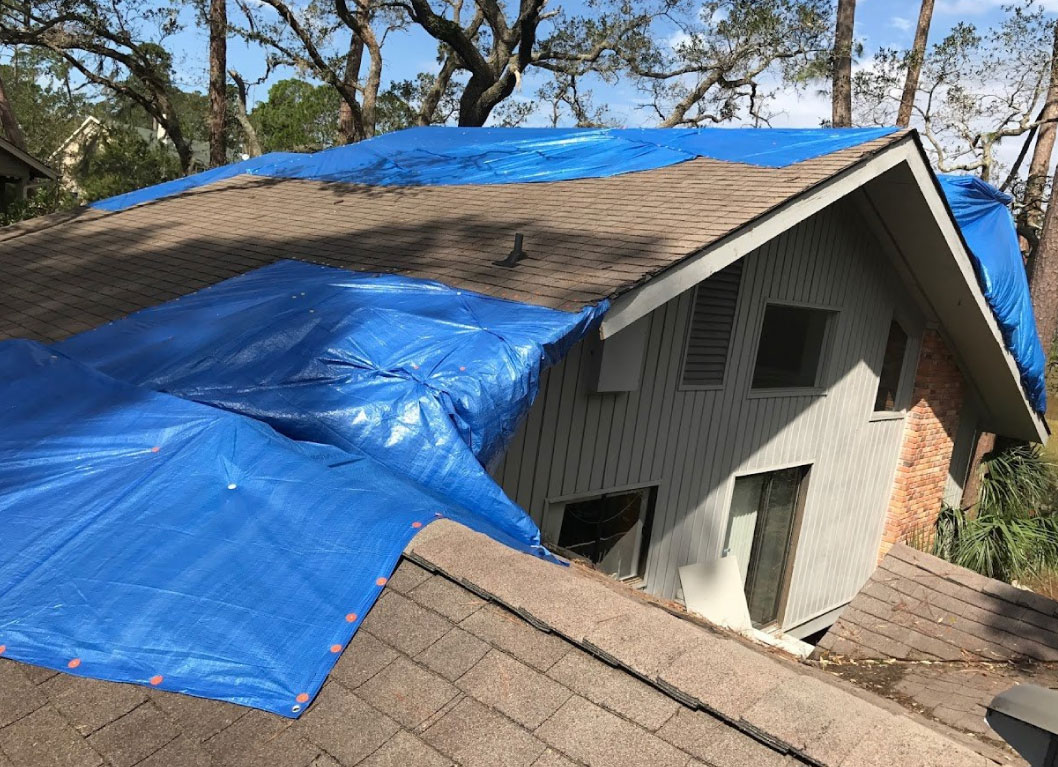
Don’t Let a Small Roof Leak Become a Major Problem
A minor roof leak might seem like a small inconvenience, but it can quickly lead to significant damage if left unaddressed. Water infiltration can cause mold growth, structural damage, and costly repairs, all of which can be avoided with timely action. By understanding the common causes of roof leaks, recognizing the warning signs, and conducting regular attic checks, you can protect your home and your investment.
For the best protection, schedule a free roof inspection with Alliance Roofing. Our professional team has been serving Hilton Head customers since 1995, providing expert roof inspections and repairs. We’re committed to helping homeowners keep their roofs in excellent condition and prevent minor issues from becoming major problems.
Call us now at (843) 689-9400 to schedule your free roof repair estimate. Let Alliance Roofing help you protect your Hilton Head home and enjoy peace of mind knowing you’re in expert hands.

